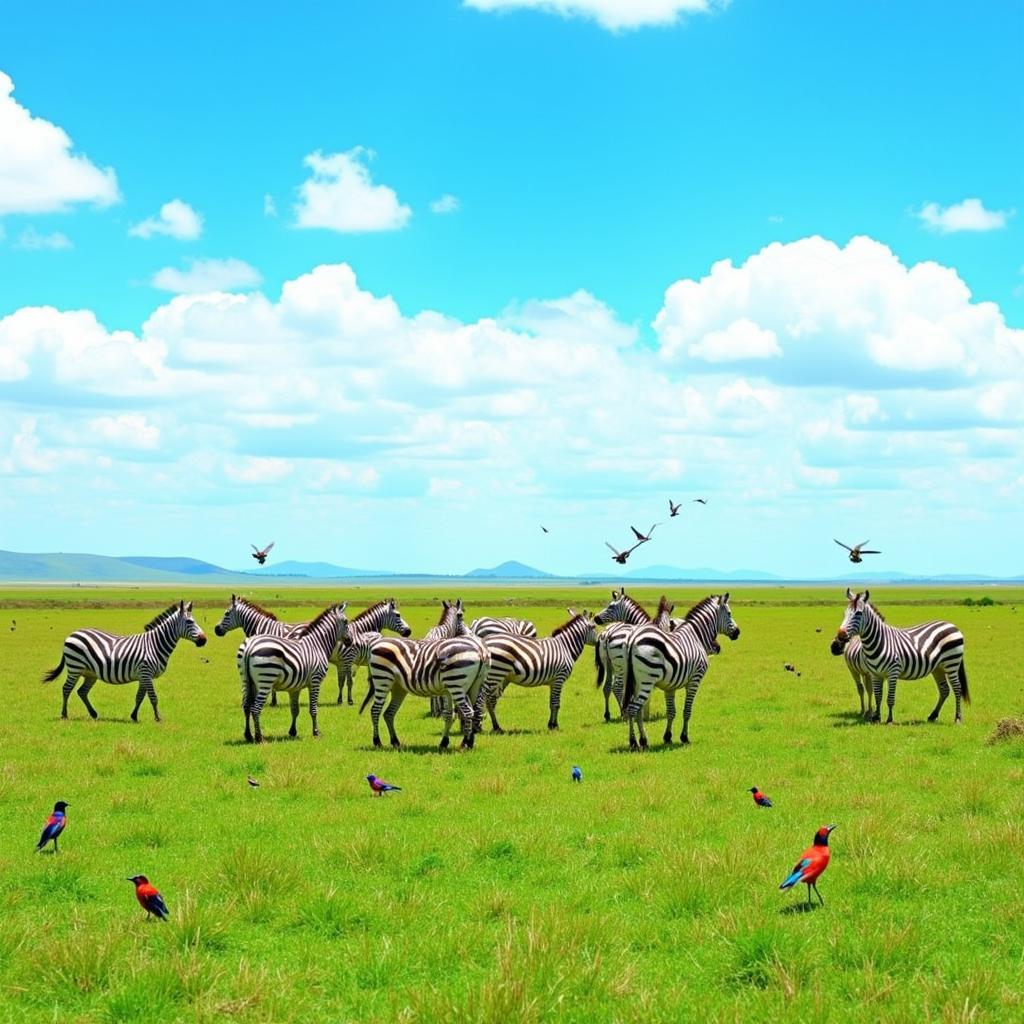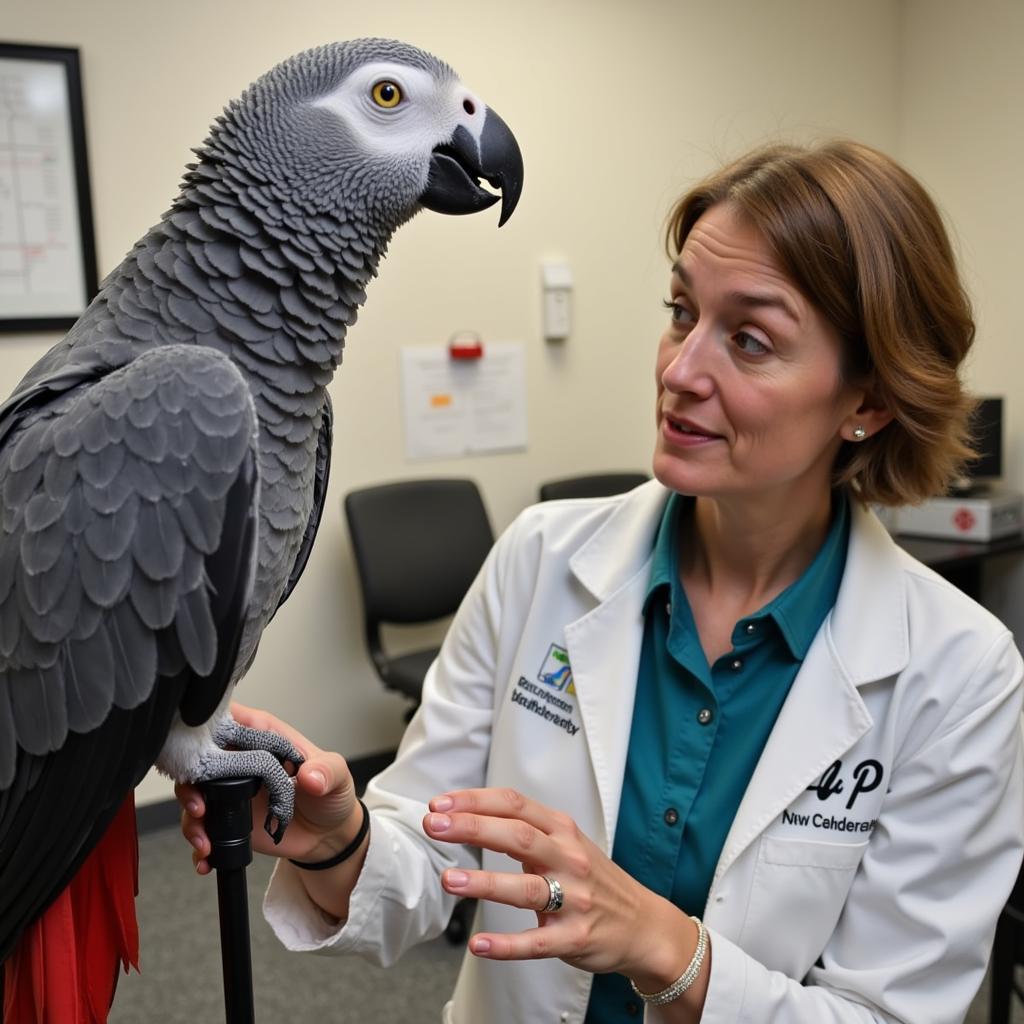Understanding African Horse Sickness (AHS) According to the OIE
African Horse Sickness (AHS) is a devastating viral disease affecting horses, mules, and donkeys, posing a significant threat to equine populations worldwide. The World Organisation for Animal Health (OIE) plays a crucial role in managing and controlling this disease. This article will delve into the key aspects of AHS, guided by the OIE’s recommendations and expertise, providing a comprehensive understanding of its causes, symptoms, diagnosis, prevention, and control.
What is African Horse Sickness (AHS)?
AHS is a highly contagious and often fatal disease transmitted by biting midges (Culicoides spp.). While primarily affecting equids, it can also infect zebras, which often act as asymptomatic carriers. The severity of AHS varies depending on the virus strain, the species affected, and the individual animal’s immune response. The disease is characterized by different clinical forms, ranging from mild fever to severe pulmonary and cardiac complications. The OIE lists AHS as a notifiable disease, requiring immediate reporting to international authorities upon confirmed diagnosis.
Recognizing the Symptoms of AHS
AHS manifests in various forms, making diagnosis challenging. The four main forms are pulmonary, cardiac, mixed, and horse sickness fever. Pulmonary AHS, the most severe form, involves rapid respiratory distress, frothy nasal discharge, and high fever. Cardiac AHS is characterized by swelling around the head and neck, particularly around the eyelids and supraorbital fossae. The mixed form combines aspects of both pulmonary and cardiac forms. Horse sickness fever, the mildest form, presents with fever, depression, and mild respiratory symptoms. Recognizing these varied symptoms is crucial for timely intervention and disease management.
Diagnosing African Horse Sickness: The OIE Guidelines
Diagnosing AHS requires laboratory confirmation. The OIE provides detailed guidelines and protocols for diagnostic testing, which primarily involve virus isolation, antigen detection, and serological tests. These tests are essential for differentiating AHS from other diseases with similar clinical signs, such as equine influenza and equine viral arteritis. Accurate and timely diagnosis is vital for implementing effective control measures and preventing the spread of the disease.
Preventing and Controlling AHS: OIE Recommendations
The OIE emphasizes the importance of preventive measures in controlling AHS. Vaccination is the cornerstone of AHS control in endemic areas. Several effective vaccines are available, providing protection against different serotypes of the virus. Vector control, including reducing midge breeding sites and using insecticides, is crucial in minimizing the risk of transmission. Movement restrictions on equids from affected areas play a critical role in preventing the spread of the disease to disease-free regions.
The Role of the OIE in Managing African Horse Sickness
The OIE plays a vital role in coordinating international efforts to control and eradicate AHS. The organization provides scientific expertise, develops international standards for diagnosis and surveillance, and disseminates information on disease outbreaks and control strategies. The OIE’s Terrestrial Animal Health Code outlines recommendations for member countries to implement effective AHS control programs. This collaborative approach is essential for mitigating the global impact of this devastating disease.
How Does the OIE Support International Collaboration on AHS?
The OIE facilitates communication and collaboration between countries, enabling the sharing of best practices and the implementation of coordinated control strategies.
What are the OIE Reporting Requirements for AHS?
Member countries are obligated to report any confirmed cases of AHS to the OIE immediately. This timely reporting allows for rapid response and international collaboration to contain outbreaks.
Conclusion: Protecting Equine Populations from African Horse Sickness
African Horse Sickness (AHS) remains a significant threat to equine populations globally. Understanding the disease, its transmission, and the OIE’s guidelines for diagnosis, prevention, and control is crucial for effectively managing this disease. By implementing robust control measures and fostering international collaboration, we can protect horses, donkeys, and mules from the devastating impact of AHS.
FAQ
-
What is the mortality rate of AHS? The mortality rate can vary significantly depending on the virus strain and the form of the disease, ranging from 50% to 95%.
-
Is there a treatment for AHS? Unfortunately, there is no specific treatment for AHS. Supportive care can be provided to alleviate symptoms and improve the chances of survival.
-
Can humans contract AHS? No, AHS is not zoonotic and does not pose a threat to human health.
-
How is AHS transmitted? AHS is transmitted primarily through the bites of infected Culicoides midges.
-
What are the OIE-recommended vaccines for AHS? The OIE recommends using vaccines that are effective against the prevalent serotypes in the specific region.
-
What are the restrictions on movement of equids from AHS-affected areas? Movement restrictions vary depending on the specific situation and are outlined in the OIE Terrestrial Animal Health Code.
-
How can I report a suspected case of AHS? Suspected cases of AHS should be reported immediately to your local veterinary authorities.
Other helpful resources available on our website:
- A detailed guide to equine diseases prevalent in Africa.
- Information on vector control strategies for various equine diseases.
- An overview of the OIE’s role in global animal health.
For immediate assistance regarding African Horse Sickness (AHS) or any related equine health concerns, please contact us: Phone: +255768904061, Email: kaka.mag@gmail.com, or visit our office at Mbarali DC Mawindi, Kangaga, Tanzania. Our dedicated customer support team is available 24/7.





